16 Delicious Ways to Use Feta Cheese
Discover 16 mouthwatering ways to use feta cheese in your everyday meals, from salads to baked dishes and appetizers.
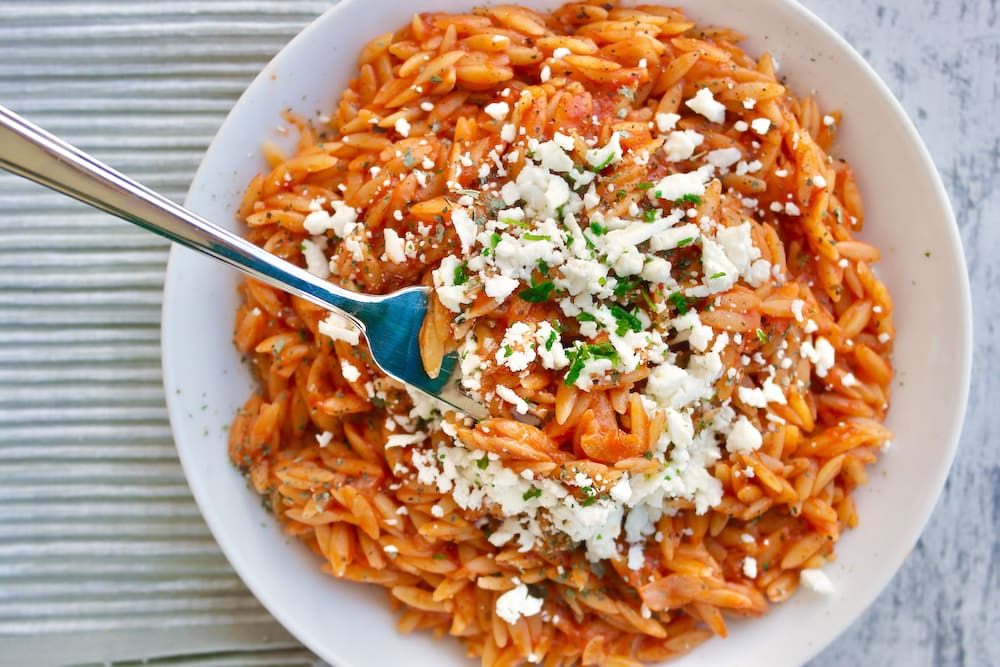
Think feta is just for Greek salads? Think again. Greeks are the highest consumers of cheese, with feta making up over half of the cheese consumed. How do Greeks manage to eat over 25 pounds of feta a year? Easy! For Greeks, feta is like bread, it will be on every table regardless of what is being served. We eat it with everything! But first you want to make sure you get the good stuff, so check this post out on how to buy the best feta.
Traditionally it is coupled with lathera (vegetables cooked in olive oil and tomato sauce). The Greek Mediterranean diet has plenty of vegetables and bean dishes and they were consumed as a main course with feta being the protein source.
The simple combination of feta and bread can make a meal, there is even a word for it: psomo-tyri, which translates to bread-cheese. Add a few olives and some tomato and you have a complete meal.
Another common use of feta in the Greek diet is in savory pies. It is added to almost every single pie such as spanakopita (spinach pie), tyropita (cheese pie), hortopita (wild greens pie), and prassopita (leek pie).
But there are also plenty non-traditional ways to use feta, because it so versatile, but here are some traditional and non-traditional ideas:
19 Delicious Ways to Use Feta Cheese
1. On toast
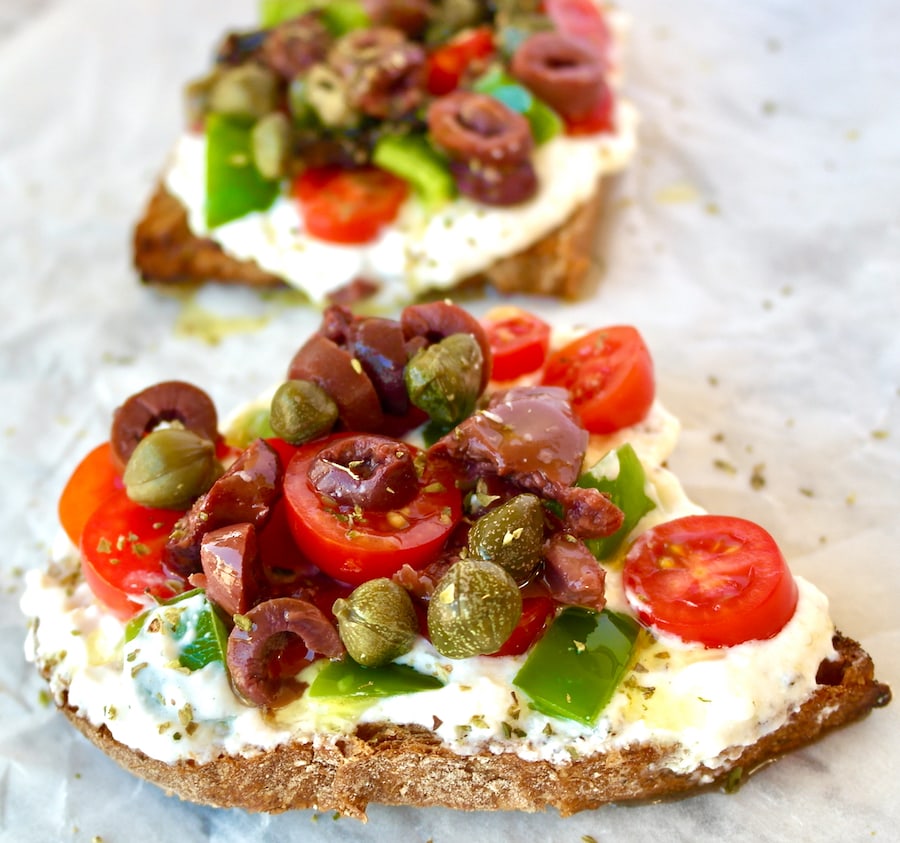
Mash feta on toast and add your favorite veggies, like I do in this Mediterranean Feta Toast.
2. In a sandwich
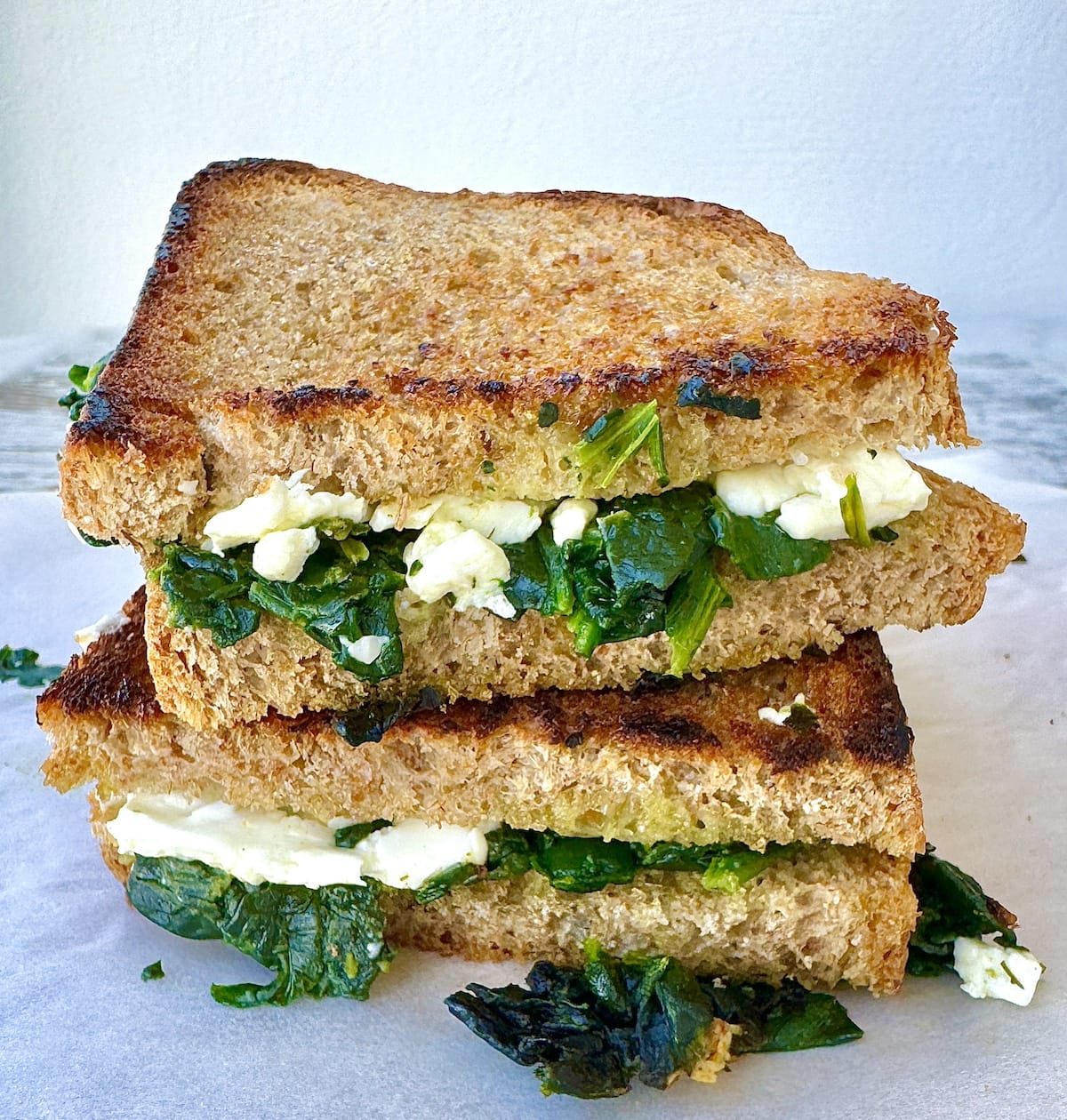
Feta is a great alternative to other cheeses for grilled sandwiches. I love this Grilled Feta and Spinach Sandwich, but you can also combine it with strawberries (trust me), and grill it! Try it: Feta and Strawberry Grilled Cheese Sandwich.
3. On pizza
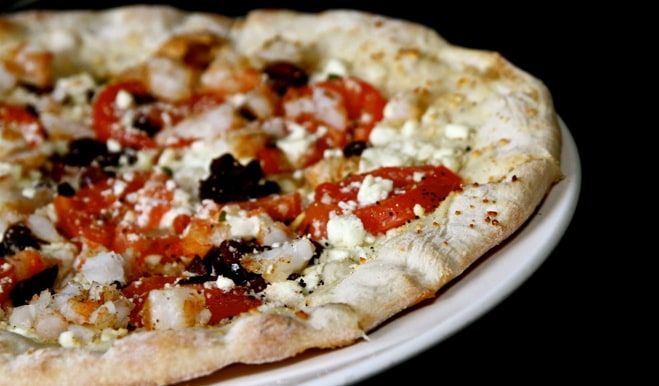
Sprinkle it on top of pizza. Tastes good with fresh tomato, olives and artichokes.
4. Use it in stuffing
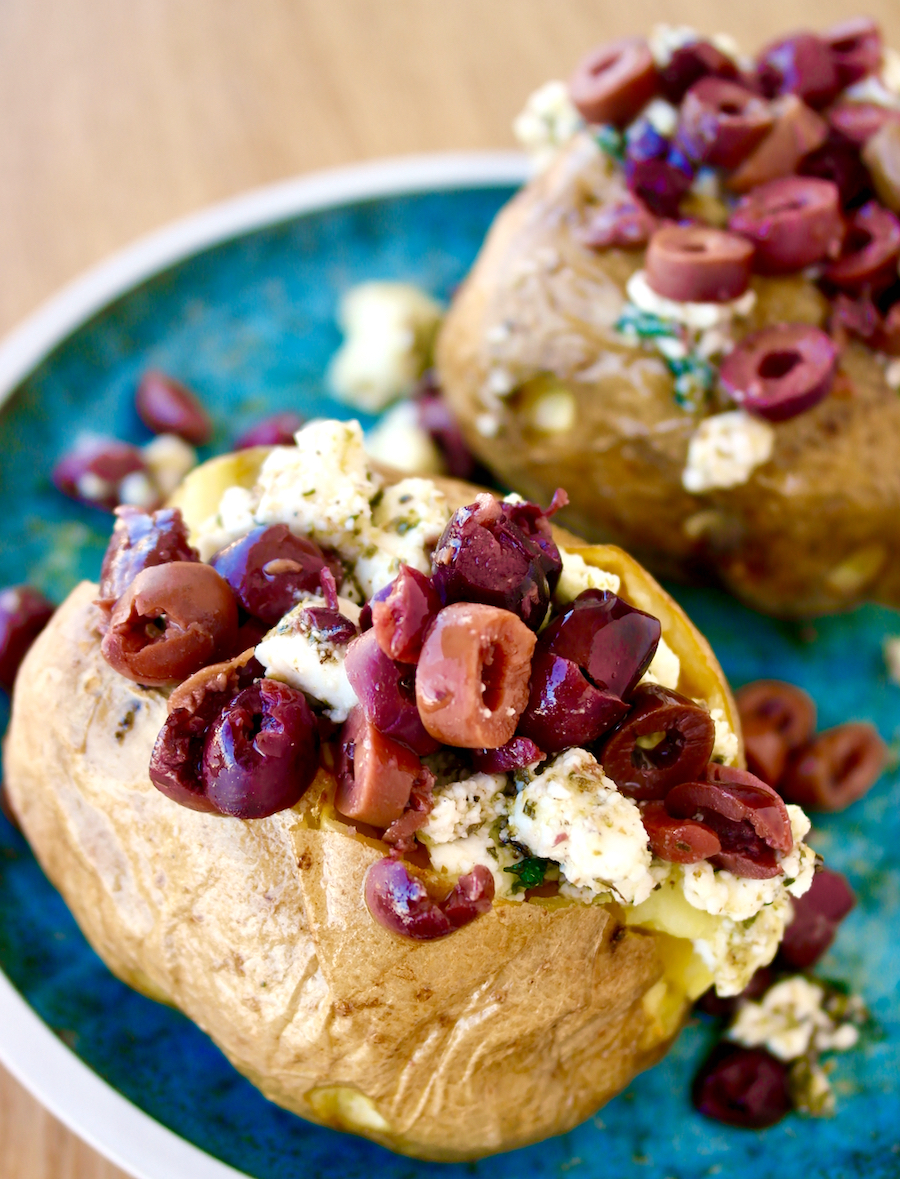
Add feta as a filling along with herbs or other ingredients. I always to make stuffed mushrooms , you can also try stuffed zucchini with feta and herbs.
5. Use it with salads
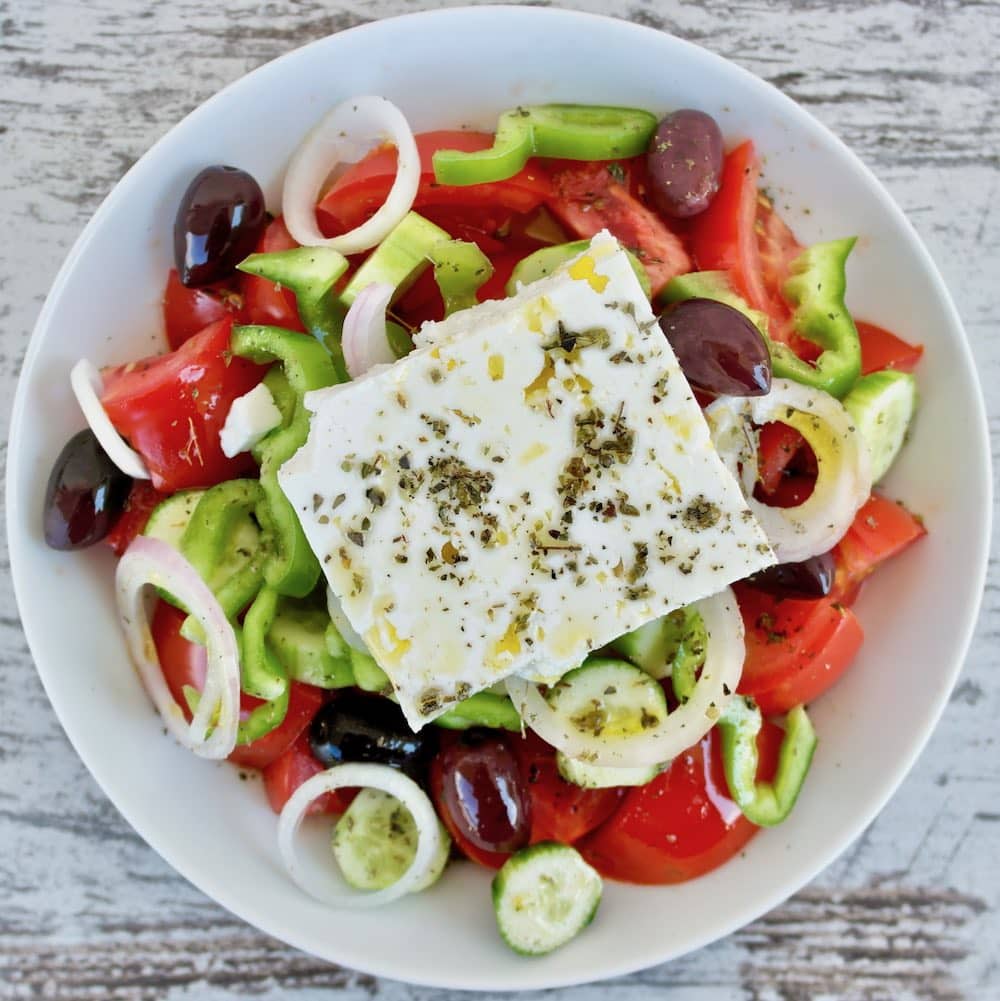
Using feta in a salad is no-brainer; tangy feta pairs with almost everything and adds so much flavor! Try the traditional Greek salad (tomato-cucumber-olives), Greek tossed salad or beet salad.
6. With fruit
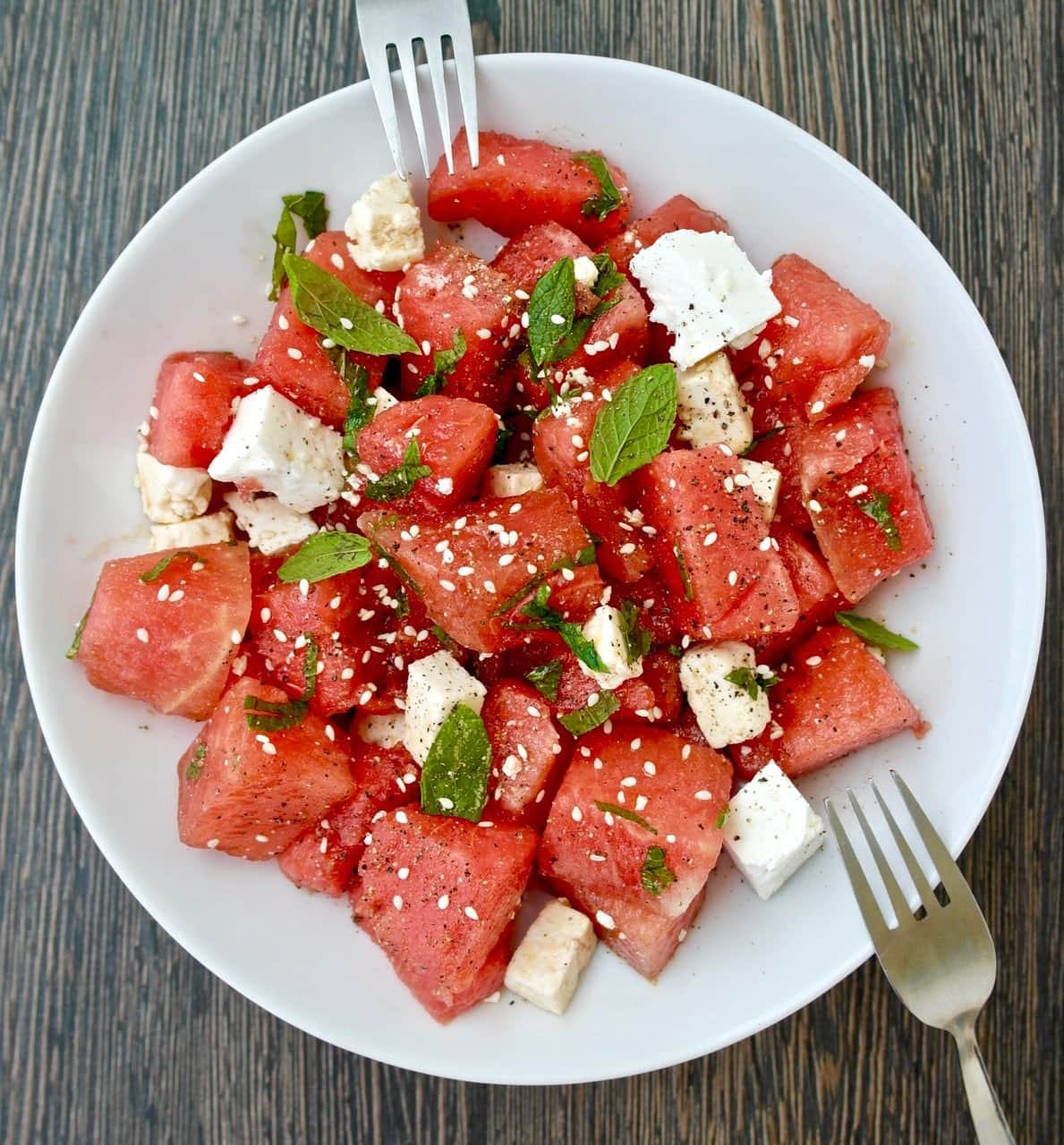
Try this Watermelon and Feta Salad or pair with cantaloupe or grapes with feta, a perfect combination especially in the summer.
7. Make phyllo pies
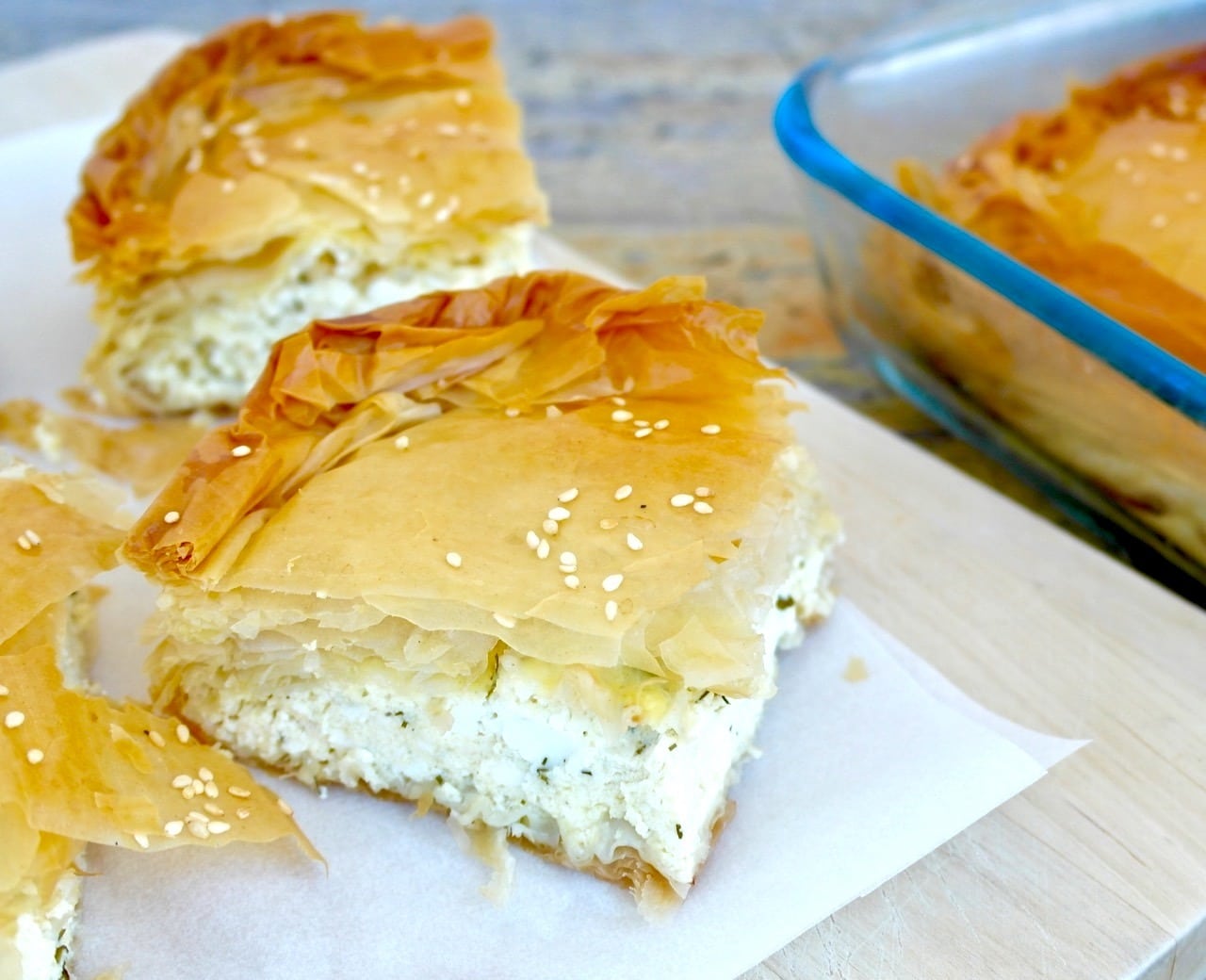
Fill with vegetables (spinach, greens, zucchini) and feta or make Greek savoury pies (pites). My favorites include: spanakopita (spinach pie), tyropita (cheese pie), hortopita (wild greens pie), and prassopita (leek pie).
8. With cooked vegetables
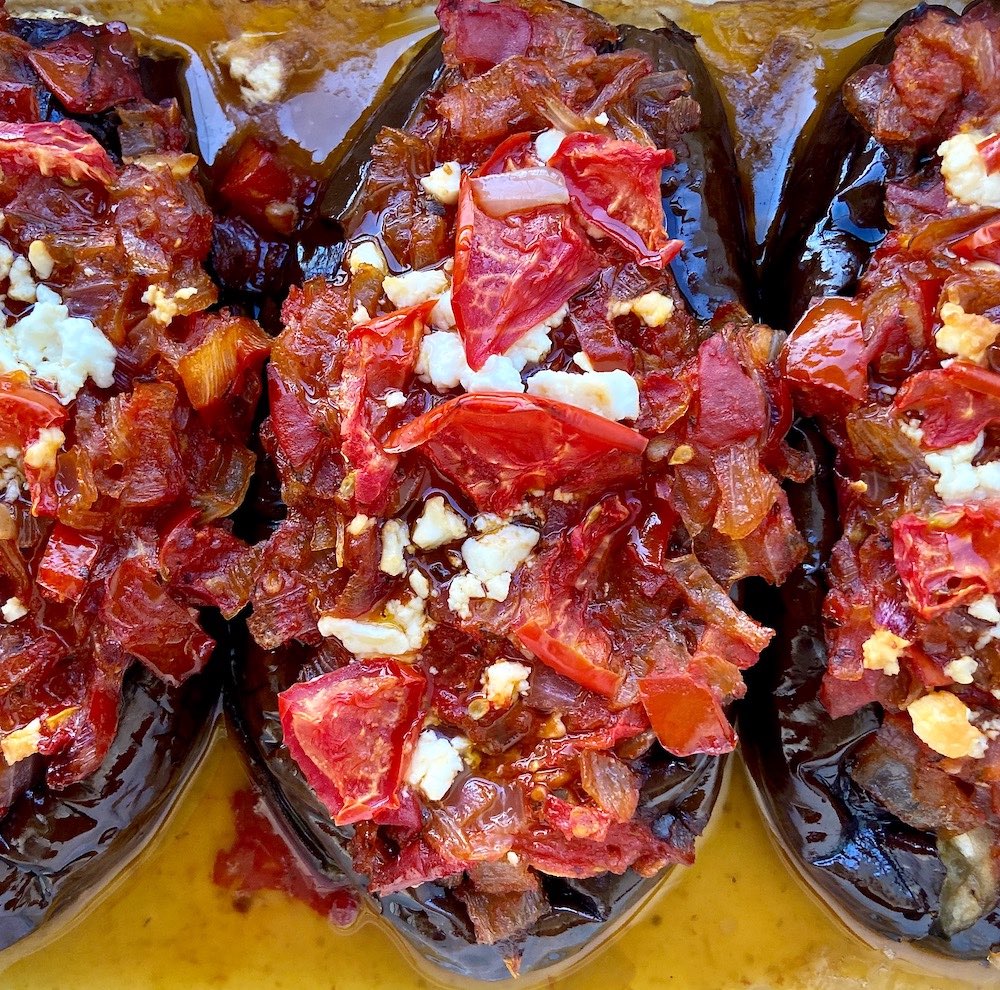
Combine with any type of vegetables cooked with olive oil and tomato such as this Mediterranean Eggplant stuffed with Fresh Tomato and Onion. Feta is a must for Greek Green Beans, Greek Style Peas-Arakas Latheros
9. In dips
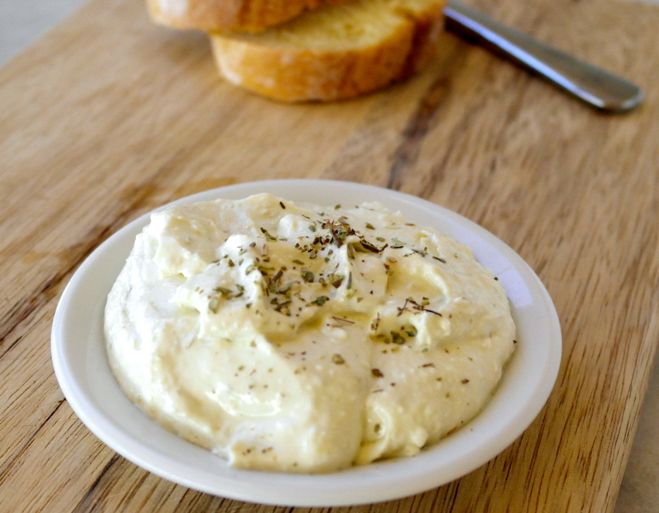
Use to make the spicy feta dip tirokafteri. Click here for recipe.
10. In nachos
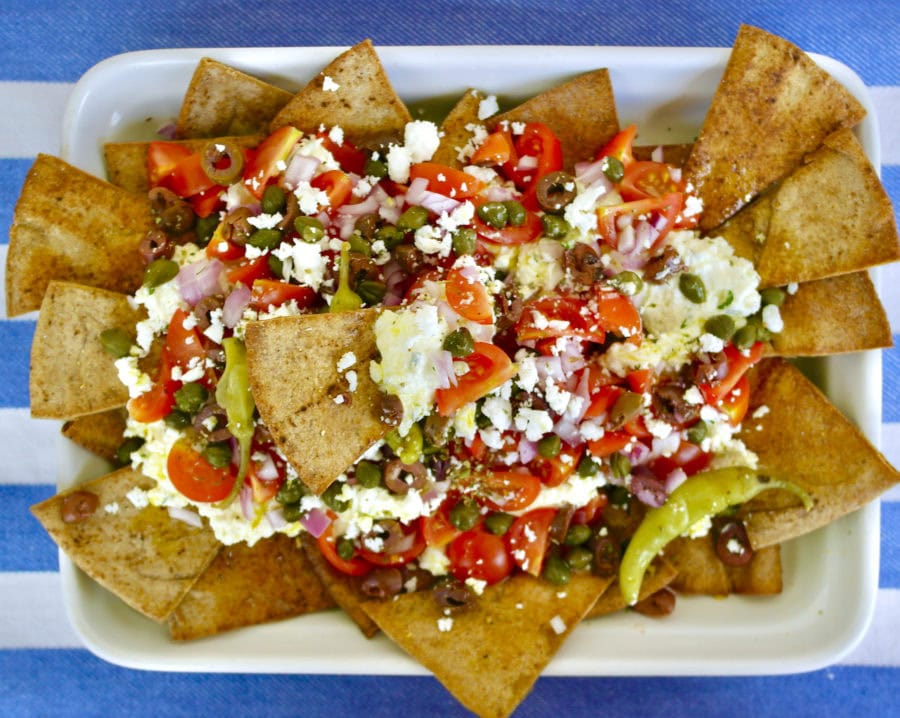
Sprinkle on nacho chips along with some sliced black olives and heat until cheese softens. Or try these Greek style Nachos with spicy whipped feta.
11. With eggs
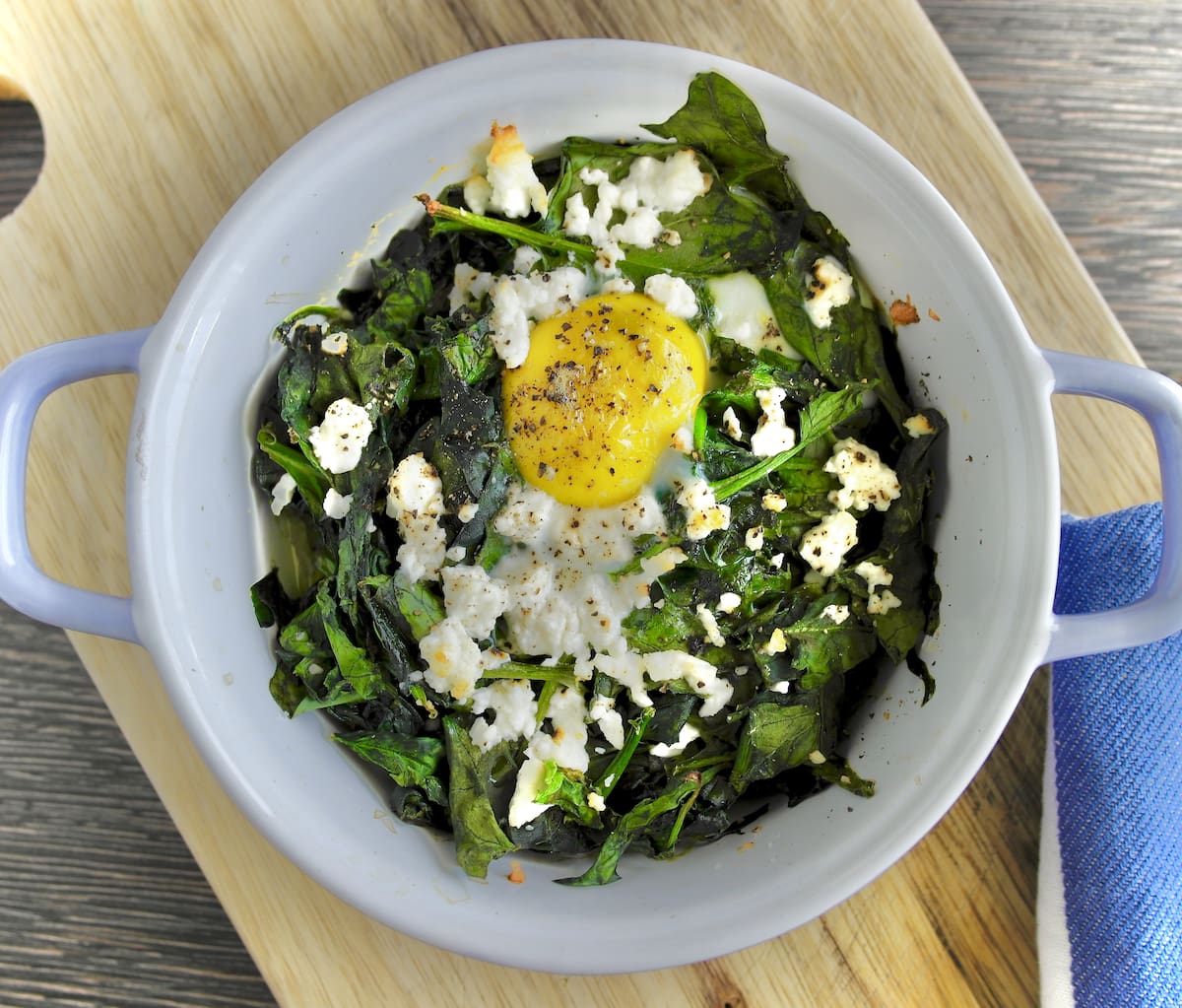
Add some feta to your omelet or try these Greek style scrambled eggs with tomato and feta. Or enjoy it with spinach as well in these Baked Eggs with Spinach and Feta
12. With Pasta
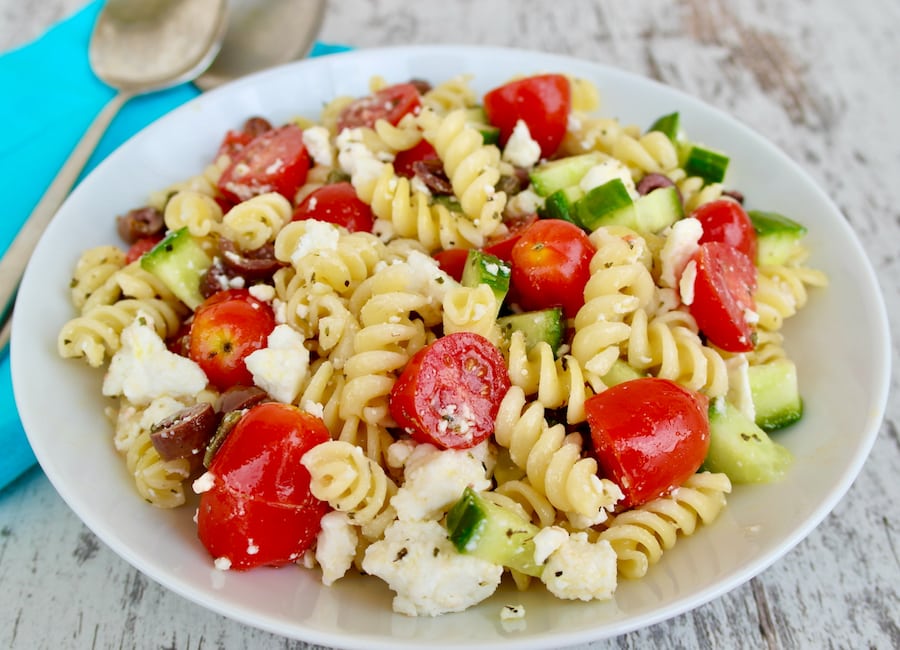
Add to pasta, pairs well with sun dried tomatoes, zucchini and olives.
13. In beans
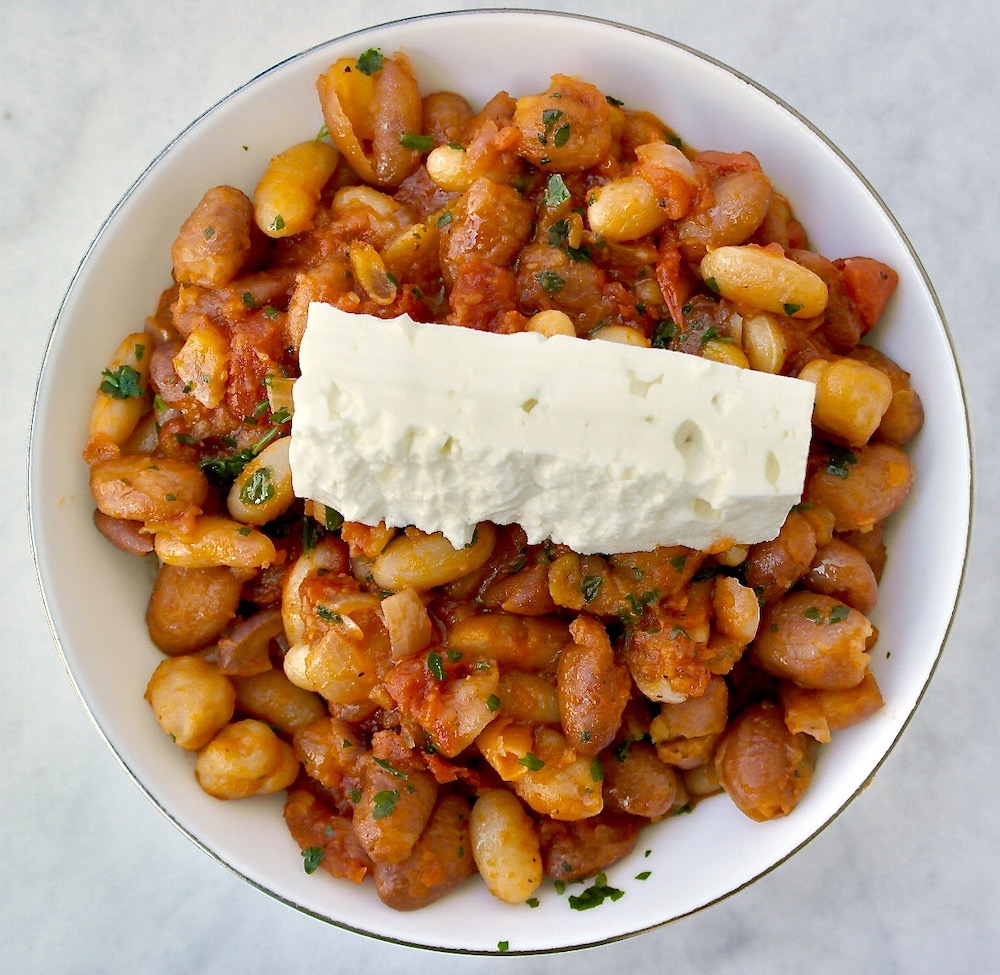
Add feta to beans (legume) dishes. Feta goes very well with lentils and broad beans.
14. In muffins
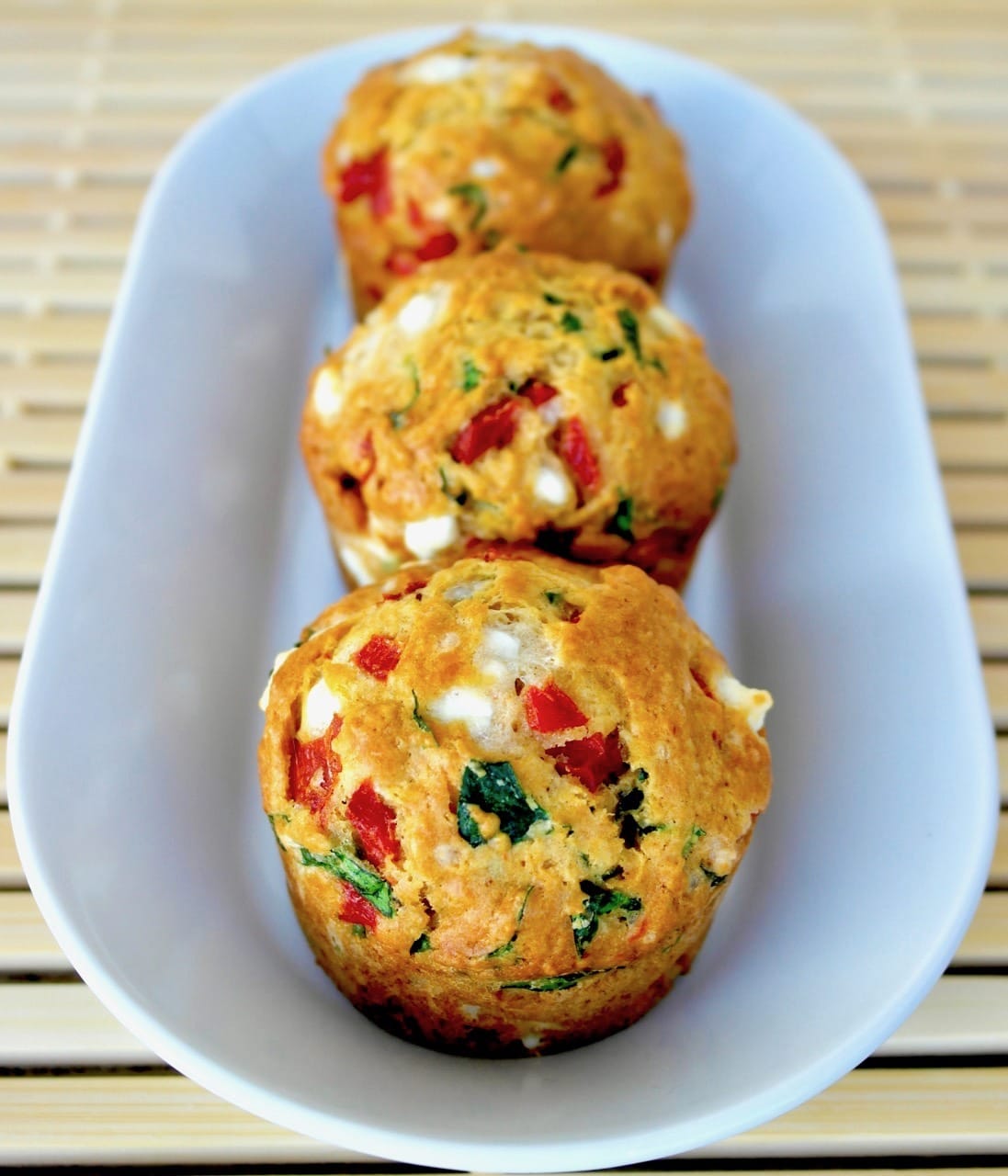
Make savory muffins using various veggies and feta cheese.
15. Wrap in phyllo

Bake and drizzle with honey. Click here and here for complete recipes.
16. And my favorite way….as a table cheese

Just put on the table and eat it with whatever else you are serving.
Save for Later and Pin It!


Hello,
We are Mila Mini Mart in Royal Oak MI. We are going to be stocking by the end of the month some Roussas Feta and I wanted to reference your book regarding where FETA can be used. Is this ok with you? It is award winning and DELICIOUS and a lot of your suggestions area good fit for us right now. Please advise,.
I bought your ‘Mediterranean Diet Cookbook for Beginners’ four years ago and it has completely transformed the way I eat. My favourite dinner is Fasolakia, which I cook on a weekly basis, and my lunch favourite is Tabbouleh which I eat at least 4 times a week during the summer and twice a week during winter. I had never eaten Feta until I bought your book and now I eat it almost every day.
Thank you you inspire me with your recipes
I love feta, unfortunately it’s hard to find Greek Feta here in my country so I buy Greek style fetta. These ideas are great. Thanks so much
That’s me sorted for the weekend! Great ideas. Do you have a recipe for the tomato orzo in the top picture by any chance?
Yes! Here is the recipe for the orzo: https://www.olivetomato.com/greek-orzo-with-feta/
Hello Elena,
What is the best feta cheese? I have one greek shop in my area. North Jersey USA.
Thank you.